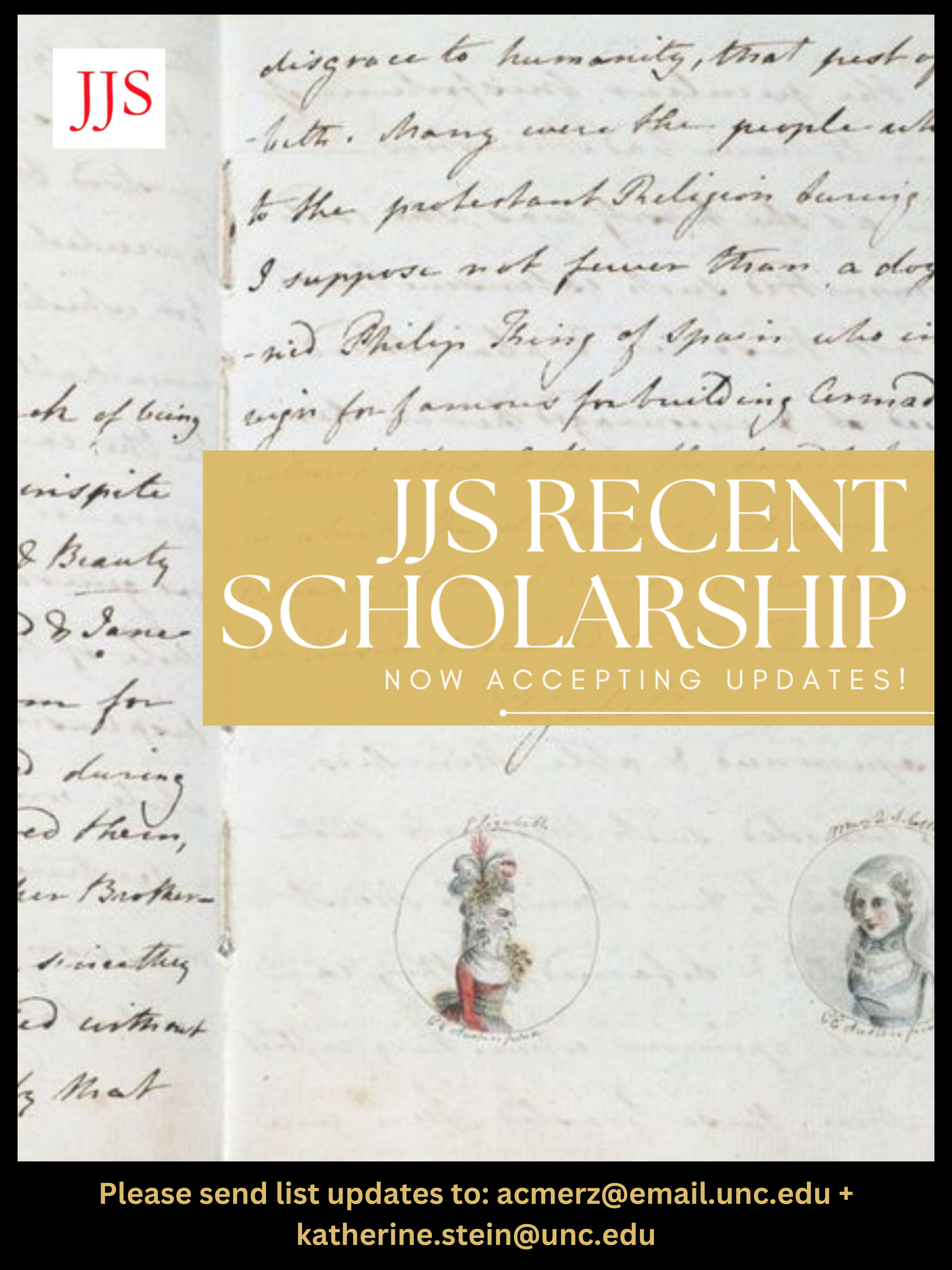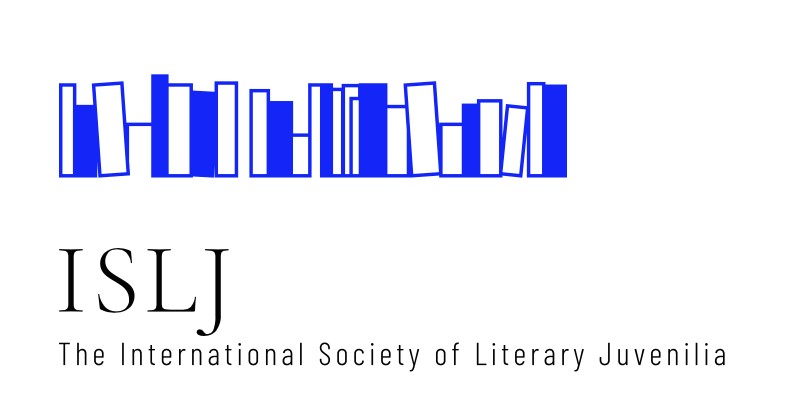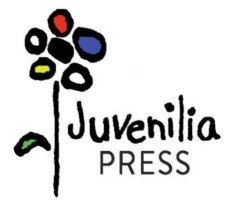Present and yet absent, bodied and yet bodiless: the paradoxical dyads of "Bramshill, being the Memoirs of Joan Penelope Cope" (1938)
DOI:
https://doi.org/10.29173/jjs0104Abstract
In 1937, triggered by the imminent sale of her ancestral home Bramshill, Joan Penelope Cope wrote and illustrated her memoirs: "Bramshill, being the Memoirs of Joan Elizabeth Cope". She was twelve years old at time of writing, thirteen upon publication, and her book was “never intended for publication”. It was, nevertheless, published to vocal acclaim both nationally and internationally with critics lauding Cope's achievement both on a literary and artistic level. Yet as much as these readings celebrated Cope, they also worked to remove her from her own text due to a preoccupation with Bramshill and its cultural legacy. In this piece I examine the impact of that preoccupation and recognise how Cope herself often contributed towards it through her own anticipatory aesthetic. I conclude that the often paradoxical demands placed upon both author and text result in Cope being read as something of a 'ghost', both present and absent, bodied and yet bodiless, within her own work.
Downloads
Published
Issue
Section
License
The Creative Commons Attribution-Noncommercial-No Derivatives 4.0 International license applies to all works published by the Journal of Juvenilia Studies and authors retain copyright of their work.
![]()



.jpg)
 Dedicated to the discussion and promotion of literary works by young writers
Dedicated to the discussion and promotion of literary works by young writers

